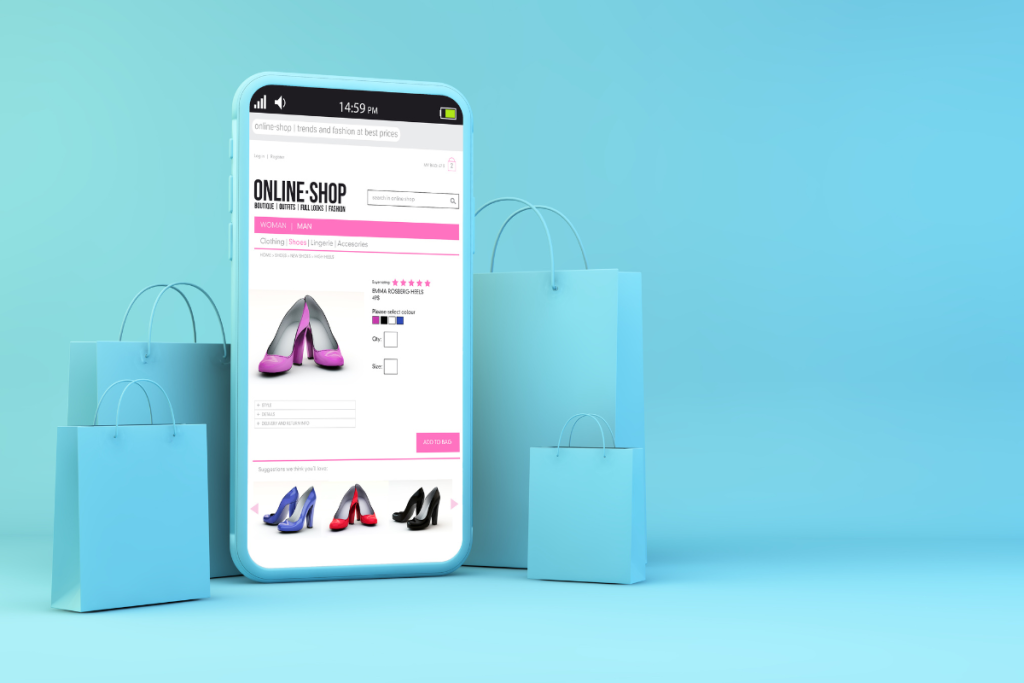Why Context Beats Content in Mobile Marketing

Content may still be king, but in the fast-moving world of mobile marketing, context has taken the throne. With users constantly on the move and attention spans getting shorter, delivering the right message at the right time in the right place has never been more critical. Mobile devices create unique opportunities to understand and respond to a user’s location, activity, and even mood—factors that content alone can’t account for.
The Shift Toward Contextual Relevance in Mobile Marketing
Consumers don’t just want value—they expect relevance. A well-crafted message can still fail if it arrives at the wrong time or in the wrong format. This is especially true in mobile marketing, where timing and location often determine whether a user engages or ignores. For instance, a coffee shop ad served at 8 a.m. near a commuter train station is far more effective than the same ad delivered at 9 p.m. at home. That’s the power of context. Because mobile users generate constant streams of data, marketers can tailor campaigns based not only on demographics or behavior but also on real-time signals.
Additionally, this shift means that personalization needs to evolve. Traditional methods like inserting a first name into an email are no longer impressive. Today’s mobile-savvy users are far more responsive to offers that feel situationally aware. If someone is browsing a retail site while near a physical store, a contextually timed push notification offering in-store discounts might drive immediate action. Therefore, combining content with context enhances both impact and conversion rates.
Making Context Central to Your Mobile Marketing Strategy
Building a successful mobile marketing strategy now requires a deep understanding of the customer journey. It’s not just about who the user is, but what they’re doing, where they are, and what they might need at that moment. Context bridges the gap between passive consumption and active decision-making. While great content still matters, it must be delivered within the right framework to truly resonate. Brands that prioritize contextual triggers—like weather, time of day, or proximity—will create experiences that feel intuitive and personal. And in an age where users have endless choices, that intuitive feel can make all the difference.